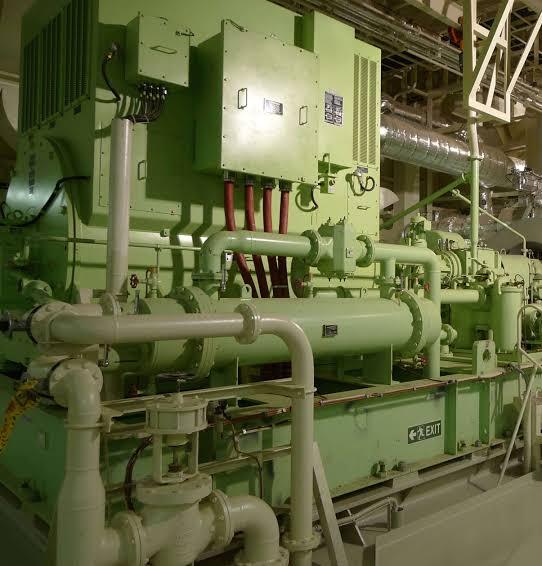A marine shaft generator is an essential component in a vessel's power generation system, converting mechanical energy from the ship's engine or turbine into electrical power. It is typically installed directly on the ship's propeller shaft, allowing it to generate electricity when the ship is in motion. This system is especially beneficial during cruising, as it allows the vessel to produce power without relying solely on auxiliary generators, reducing fuel consumption and operational costs.
The shaft generator operates by utilizing the rotational energy from the ship's propulsion system, which is then transferred to a generator through a coupling. The mechanical energy is converted into electrical energy, which is used to power the ship's electrical systems, including lighting, navigation, communication, and other essential operations. When the vessel is at sea, the shaft generator can supply a significant portion of the vessel's electrical needs, allowing the auxiliary generators to run more efficiently or remain idle.
In addition to its efficiency, the marine shaft generator is a compact, reliable solution that offers low maintenance and high durability. It is especially advantageous for large vessels, where fuel savings and electrical efficiency are key factors in operational performance. Some shaft generators are equipped with variable-speed capabilities, allowing them to adjust to changes in the ship's speed, ensuring optimal power generation across a wide range of operating conditions.
By reducing fuel consumption, improving fuel efficiency, and minimizing the wear on auxiliary generators, a marine shaft generator is an invaluable component in any vessel's power system. It helps improve overall operational efficiency while supporting environmental goals by reducing emissions and optimizing the use of energy resources.
